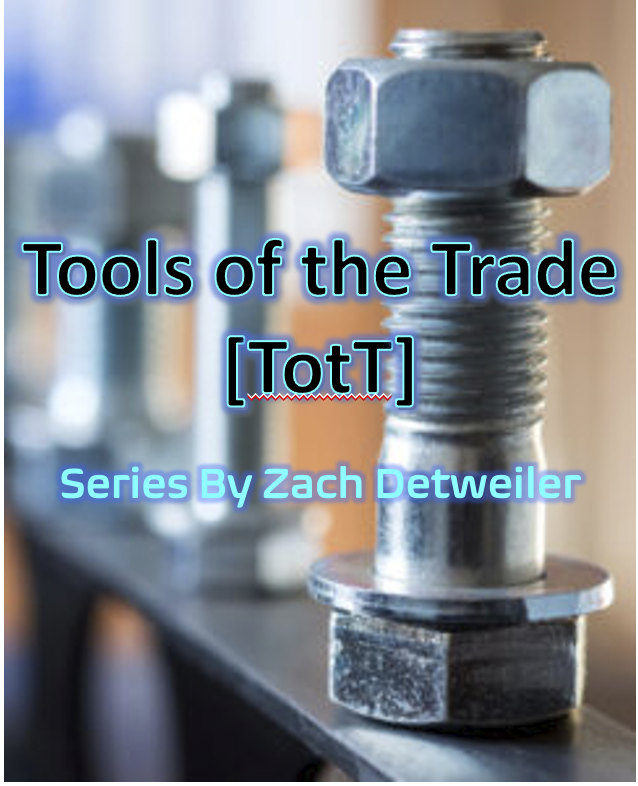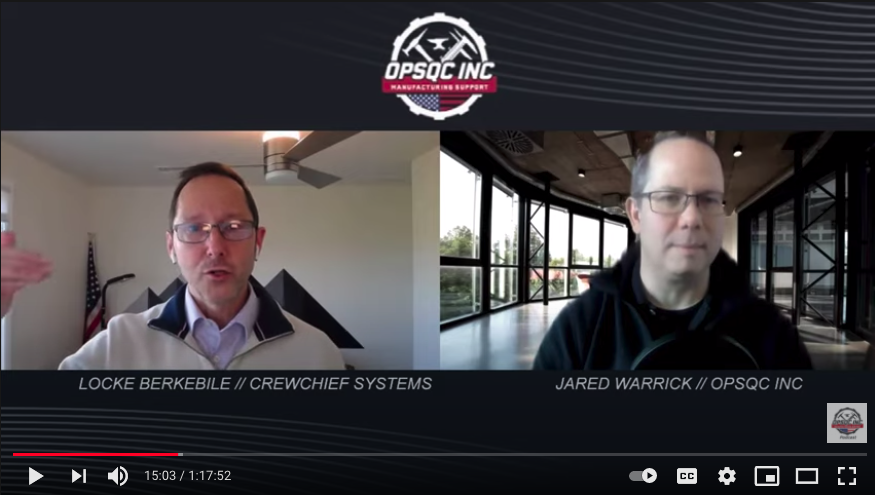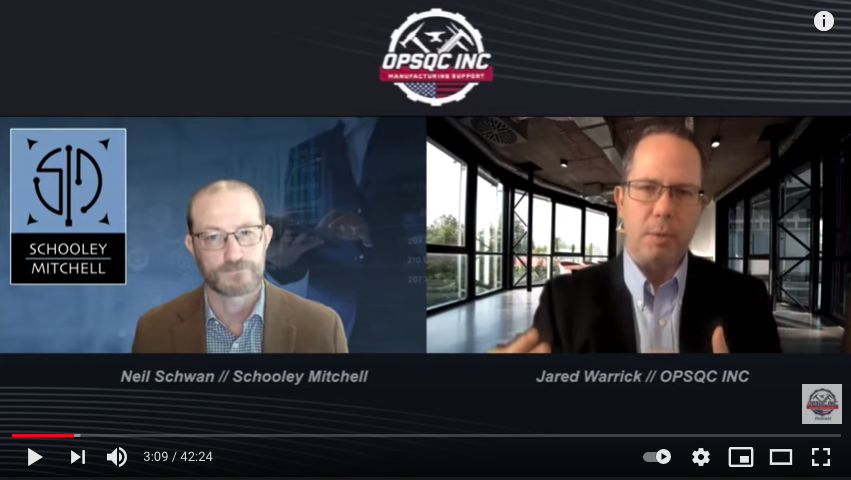Tools of the Trade (TotT) Series – Expenses are not expensive with Expensify (that’s fun to say)
Small business owners know that its a waste of time doing menial tasks, but do not always have the time and wherewithal to investigate how to best eliminate , automate, or outsource these critical but repetitive functions. To exacerbate the problem, enterprise tools exist for effectively every single operation that a business performs. There are so many tools for each operation in a business that it can be difficult to choose between the options, especially when the tool functionality and costs are difficult to understand until after they have been deployed. To cut through some of the opacity surrounding these tools, this series will present tools that can impact a small business by presenting their function, cost, and potential return having experienced them first-hand. This series will focus on tools useful for small enterprise, and will directly address the up-front implementation costs, and costs of operating them to provide the reader with a concise view of the utility of the tool presented.
By: Zach Detweiler, Ph. D.
www.linkedin.com/in/zach-detweiler
Tags: Expensify, receipts, expenses, Expensify, software, apps
As much as 69% of small businesses waste their time and money with manual and spreadsheet methods for managing business expenses.1
At some point in life, you’ve likely had to keep track of receipts, and submit periodic reports to receive reimbursement for expenditures. If you have done so manually, or even tracking those expenses with spreadsheets, you distinctly remember the pleasure that expense management can provide. /s (see Urban Dictionary – “sarcasm switch”)
Large enterprises are wise to the cost of managing expenditures, using dedicated expense management software or tools at a rate of 67% when revenues are over $500M/yr, and a rate of 83% when over $2B/yr!1 Clearly big businesses understand that there is profit to be retained by stream lining the expense management system.
The question that follows: Why do so many small businesses not do the same?
Certainly, part of the reason large companies use a consolidated approach is due to the savings from consolidating travel costs at discounted rates from committed volumes (e.g. corporate accounts with car rental agencies and/or airlines). However, it is estimated that expense management costs up to 5 hours per employee per month, which translates not only to hours of salary, but the lost opportunity cost in productivity, both of which scale directly with your operation.2 At $20/hr wage, and 50% overhead, every hour that can be removed from that process represents $360 per yr, per person. With that in mind, dropping the average time spent from five hours to just one hour for each of 25 employees at an organization saves as much as $36,000/year in direct savings and claws back 100 hours in productivity!
In addition to these costs, spreadsheets and manual processes make transparency into overarching trends in expenditures more difficult to observe and can even make potential fraud more difficult to spot.
In my personal experience, the likely reason that people still use spreadsheets or manual processes for expense management is probably because they haven’t heard of or used Expensify. If they had, they would never want to do it the old way again.
Expensify is an internet-based software tool that brings all expense related requirements into one place and can cost less than a fraction of an hour of work per employee.3 The software can be accessed on your browser, or through an app that can be loaded onto your phone. The genius of Expensify is the ease and success of the automated expense capture process. Once you have created an account, if you take a picture of a receipt through the app on your phone it automatically collects, reads, and stores your expense. The same happens when you capture an expense with the internet plug-in, or email a receipt to receipts@expensify.com from your Expensify associated e-mail account. The receipt scan auto-populates fields such as vendor name, receipt total, date filed, and attaches the scanned document directly with these parameters.
Rules (called “policies” in Expensify) for expenses can be set up, or changed by the account administrator to help categorize and flag expenses. All approvals can be performed through the software, and notifications are automatically triggered when actions such as submissions of a report, approvals, or payments are performed. It integrates seamlessly into accounting and payroll, allowing you to directly report out to Quickbooks, Oracle, Sage, Microsoft Dynamics, and more.4 The receipts exported from Expensify can act as permanent records in other software or systems, and Expensify currently retains all documents entered into the platform indefinitely if you maintain an active account. Expenses remain visible after reimbursement, and trend visualization tools are integrated in the software, so it is easy to sift through old and current spending to observe trends and highlight oddities. The functionality of the software continues to grow as they now provide credit cards, support corporate cards, and integrate into travel concierge and HR functions.
There are larger organizations that provide similar services as Expensify, and they may be equally great, but everyone I’ve spoken to prefers Expensify to other platforms (n=5 FYI). Personally, I have only used Expensify, and not only was graduating from spreadsheets to Expensify welcome, I use Expensify “For Individuals” in my personal life to track receipts (free under 25 scans per month)!
If you do not currently use any expense management software, you owe it to yourself, your coworkers and your bottom line to sign up for this Grade-A tool (EXPENSIFY) yesterday.
References:
(1) 9 Expense Management Strategies for CFO’s – Control and Reduce Expenses. ProcureDesk, 2019.
(2) Calculate Cost of Using Spreadsheet Expense Reports – SAP Concur https://www.concur.com/en-us/expense-spreadsheet-reporting-cost-calculator (accessed Dec 11, 2020).
(3) Expensify – Pricing https://www.expensify.com/pricing (accessed Dec 11, 2020).
(4) All Integrations https://use.expensify.com/all-integrations (accessed Dec 11, 2020).





